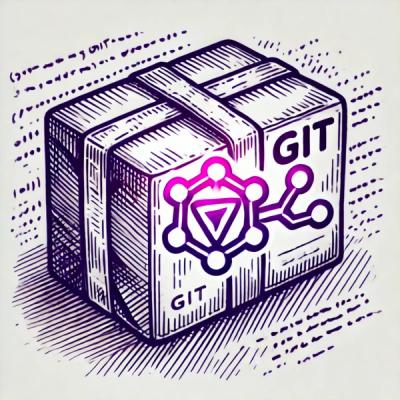gin-swagger
gin middleware to automatically generate RESTful API documentation with Swagger 2.0.





Usage
Start using it
- Add comments to your API source code, See Declarative Comments Format.
- Download Swag for Go by using:
go get -u github.com/swaggo/swag/cmd/swag
Starting in Go 1.17, installing executables with go get is deprecated. go install may be used instead:
go install github.com/swaggo/swag/cmd/swag@latest
- Run the Swag at your Go project root path(for instance
~/root/go-project-name),
Swag will parse comments and generate required files(docs folder and docs/doc.go)
at ~/root/go-project-name/docs.
swag init
- Download gin-swagger by using:
go get -u github.com/swaggo/gin-swagger
go get -u github.com/swaggo/files
Import following in your code:
import "github.com/swaggo/gin-swagger"
import "github.com/swaggo/files"
Canonical example:
Now assume you have implemented a simple api as following:
func Helloworld(g *gin.Context) {
g.JSON(http.StatusOK,"helloworld")
}
So how to use gin-swagger on api above? Just follow the following guide.
- Add Comments for apis and main function with gin-swagger rules like following:
func Helloworld(g *gin.Context) {
g.JSON(http.StatusOK,"helloworld")
}
- Use
swag init command to generate a docs, docs generated will be stored at docs/. - import the docs like this:
I assume your project named
github.com/go-project-name/docs.
import (
docs "github.com/go-project-name/docs"
)
-
build your application and after that, go to http://localhost:8080/swagger/index.html ,you to see your Swagger UI.
-
The full code and folder relatives here:
package main
import (
"github.com/gin-gonic/gin"
docs "github.com/go-project-name/docs"
swaggerfiles "github.com/swaggo/files"
ginSwagger "github.com/swaggo/gin-swagger"
"net/http"
)
func Helloworld(g *gin.Context) {
g.JSON(http.StatusOK,"helloworld")
}
func main() {
r := gin.Default()
docs.SwaggerInfo.BasePath = "/api/v1"
v1 := r.Group("/api/v1")
{
eg := v1.Group("/example")
{
eg.GET("/helloworld",Helloworld)
}
}
r.GET("/swagger/*any", ginSwagger.WrapHandler(swaggerfiles.Handler))
r.Run(":8080")
}
Demo project tree, swag init is run at relative .
.
├── docs
│ ├── docs.go
│ ├── swagger.json
│ └── swagger.yaml
├── go.mod
├── go.sum
└── main.go
Multiple APIs
This feature was introduced in swag v1.7.9
Configuration
You can configure Swagger using different configuration options
func main() {
r := gin.New()
ginSwagger.WrapHandler(swaggerfiles.Handler,
ginSwagger.URL("http://localhost:8080/swagger/doc.json"),
ginSwagger.DefaultModelsExpandDepth(-1))
r.Run()
}
| Option | Type | Default | Description |
|---|
| URL | string | "doc.json" | URL pointing to API definition |
| DocExpansion | string | "list" | Controls the default expansion setting for the operations and tags. It can be 'list' (expands only the tags), 'full' (expands the tags and operations) or 'none' (expands nothing). |
| DeepLinking | bool | true | If set to true, enables deep linking for tags and operations. See the Deep Linking documentation for more information. |
| DefaultModelsExpandDepth | int | 1 | Default expansion depth for models (set to -1 completely hide the models). |
| InstanceName | string | "swagger" | The instance name of the swagger document. If multiple different swagger instances should be deployed on one gin router, ensure that each instance has a unique name (use the --instanceName parameter to generate swagger documents with swag init). |
| PersistAuthorization | bool | false | If set to true, it persists authorization data and it would not be lost on browser close/refresh. |
| Oauth2DefaultClientID | string | "" | If set, it's used to prepopulate the client_id field of the OAuth2 Authorization dialog. |





